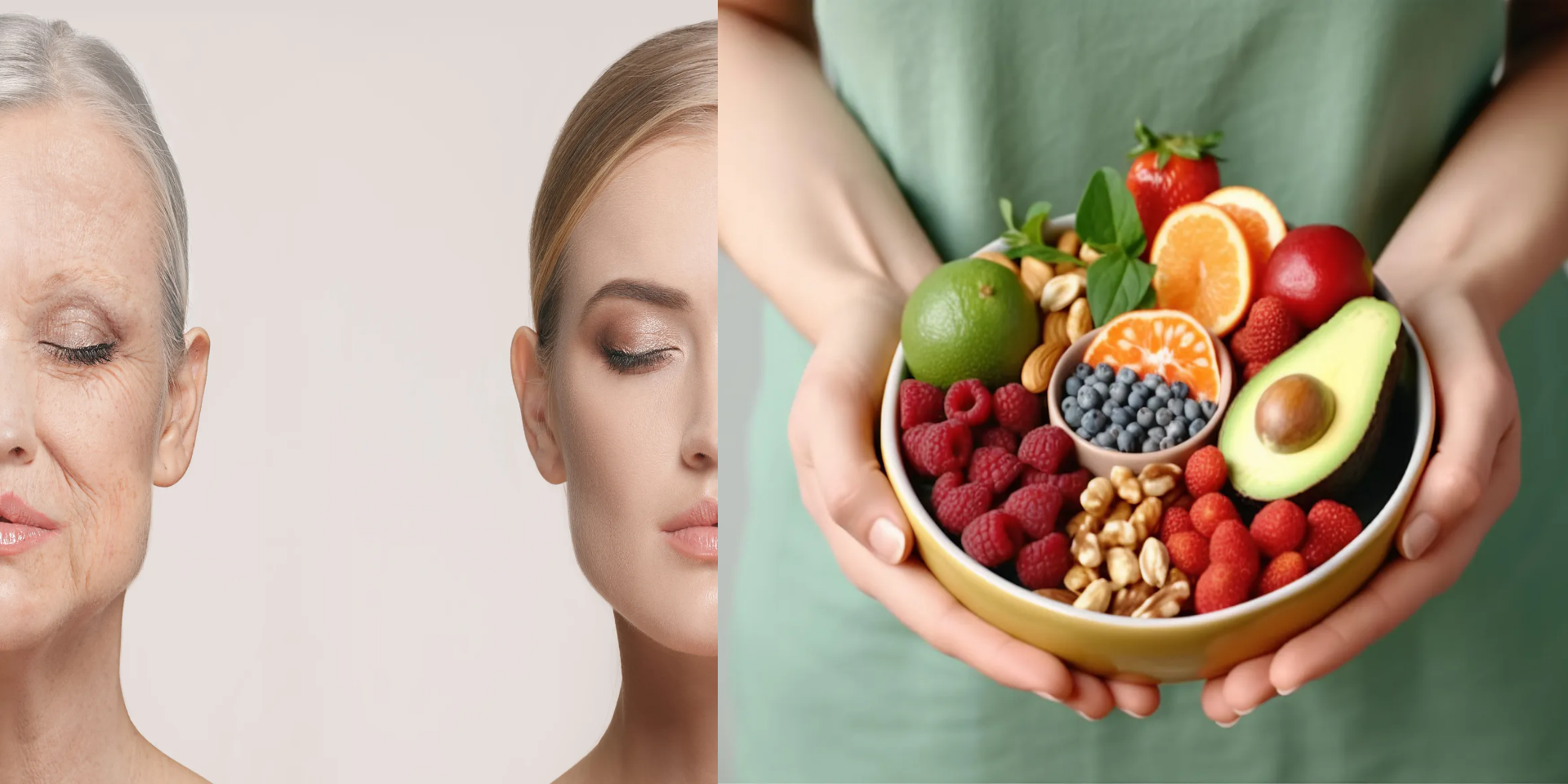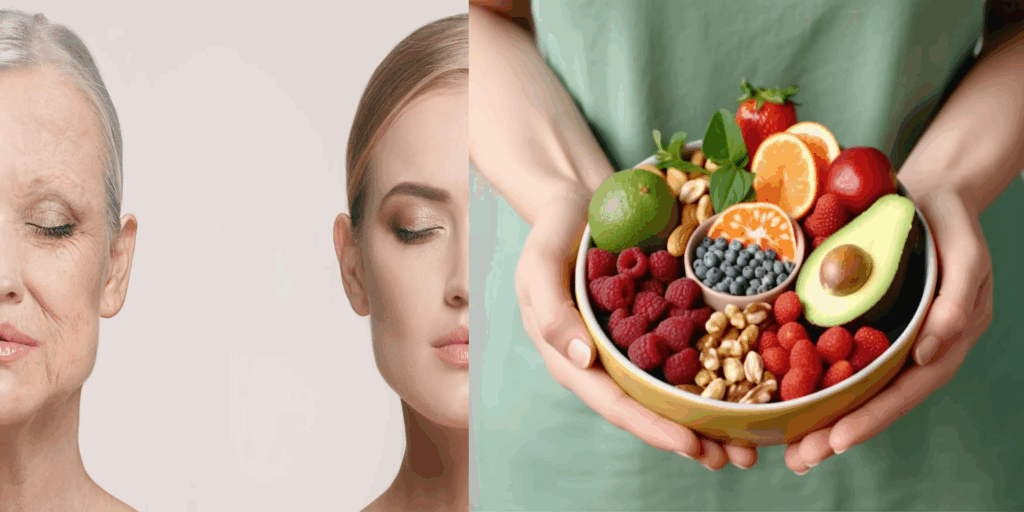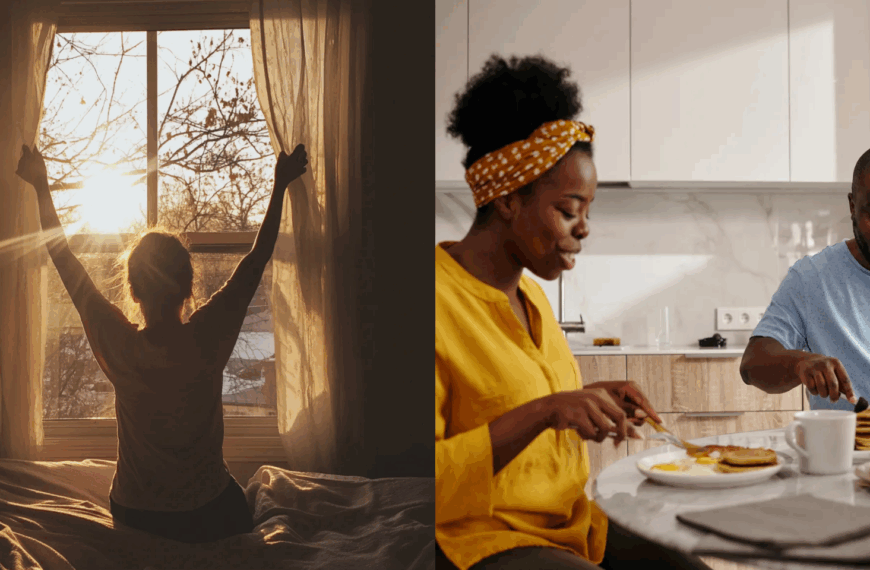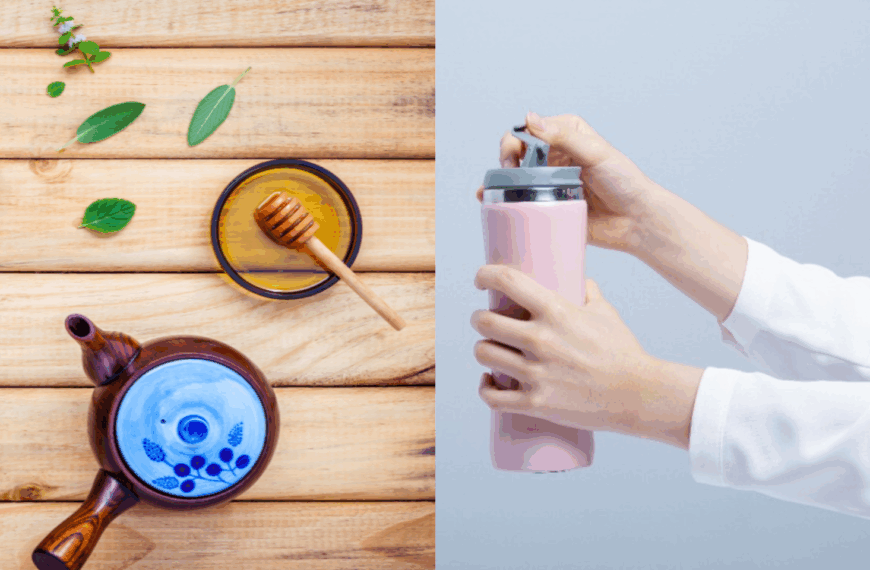Ever wonder why Korean celebrities seem to defy the aging process? It’s not just good genes or expensive skincare routines. There’s a wellness philosophy taking Korea by storm that’s changing how an entire generation thinks about getting older.
Picture this: You’re 60 years old, but your energy levels rival those of someone half your age. Your mind is sharp, your body is strong, and people genuinely can’t believe your real age. Sound too good to be true? Welcome to the world of 저속노화 (jeo-sok no-hwa) – Korea’s science-backed approach to “slow aging” that’s making waves across Seoul and beyond.
While the West has been obsessed with anti-aging (fighting against time), Korean wellness experts have taken a smarter approach: slow aging – working with your body’s natural processes to age gracefully and healthily. This isn’t about chasing eternal youth; it’s about extending your healthspan – the years you live in good health.
In this comprehensive guide, we’ll dive deep into the Korean slow aging philosophy, backed by cutting-edge research and practical strategies you can implement today. Whether you’re 25 or 65, these insights will help you rewrite your aging story.
What Exactly Is Slow Aging? (And Why Korea Is Leading the Way)
Before we jump into the how-to, let’s understand what we’re actually talking about here.
Slow aging isn’t about looking 25 forever (sorry, folks). It’s a scientific approach to slowing down the biological processes that cause our bodies and minds to deteriorate over time. Think of it as upgrading your body’s operating system to run more efficiently for longer.
Korea’s approach to slow aging is unique because it combines:
- Ancient Eastern wellness wisdom
- Cutting-edge scientific research
- Practical, sustainable lifestyle changes
- A focus on healthspan over lifespan
The Korean wellness industry has embraced this concept so enthusiastically that “slow aging” clinics are popping up in trendy neighborhoods like Gangnam and Hongdae, offering everything from personalized nutrition plans to advanced biometric testing.
But here’s the kicker: you don’t need to move to Seoul to benefit from these insights.
The Science Behind Aging: Why Your Body Starts “Slowing Down”
Let’s get nerdy for a moment (don’t worry, we’ll keep it interesting).
Aging happens for several interconnected reasons, and understanding these can help you target your slow aging efforts more effectively:
1. Cellular Damage Accumulation
Think of your cells like cars. Over time, they accumulate wear and tear. Your body has repair mechanisms (like a cellular auto shop), but as you age, these repair systems become less efficient. The result? Damaged cells start outnumbering healthy ones.
2. The Free Radical Problem
Every time you breathe, your body produces free radicals – unstable molecules that damage cells. It’s like having tiny rust particles floating around inside you. Young bodies are great at neutralizing these troublemakers, but this defense system weakens over time.
3. Telomere Shortening (Your Cellular “Countdown Timer”)
At the end of each chromosome, there’s a protective cap called a telomere. Every time a cell divides, this cap gets shorter. When it gets too short, the cell can no longer divide properly. It’s literally like your cells have a built-in expiration date.
4. Chronic Inflammation: The Silent Ager
Low-level, persistent inflammation is like having a small fire burning inside your body 24/7. Korean researchers have identified this as one of the key accelerators of aging, affecting everything from your skin to your brain function.
The good news? Korean slow aging protocols specifically target each of these mechanisms.
The Korean 4-Pillar Approach to Slow Aging
Korean wellness experts have identified four foundational pillars that, when optimized, can significantly slow your biological clock. Let’s dive into each one.
Pillar 1: Strategic Nutrition (식품 전략)
Forget restrictive diets and expensive superfoods. Korean slow aging nutrition is about smart eating patterns that work with your body’s natural rhythms.
The Korean Slow Aging Plate
- 40% vegetables and fermented foods: Kimchi isn’t just delicious; it’s packed with probiotics that support gut health and reduce inflammation
- 30% lean proteins: Essential for maintaining muscle mass as you age
- 20% complex carbohydrates: Brown rice, sweet potatoes, and other whole grains for sustained energy
- 10% healthy fats: Sesame oil, nuts, and fatty fish for brain health
Key Korean Principles:
Intermittent Fasting (간헌적 단식) Many Korean wellness centers now recommend 16:8 intermittent fasting – eating within an 8-hour window daily. Research shows this can trigger autophagy, your body’s cellular cleanup process. It’s like giving your cells a daily deep-cleaning session.
Antioxidant Loading Korean slow aging diets emphasize foods high in antioxidants:
- Green tea (of course!)
- Purple vegetables (Korean purple cabbage, eggplant)
- Ginseng and other adaptogenic herbs
- Seaweed varieties (packed with minerals)
The 80% Rule Borrowed from Okinawan longevity practices but widely adopted in Korea: stop eating when you’re 80% full. This simple habit can reduce caloric intake by 10-20% without feeling deprived.
Pillar 2: Movement Intelligence (운동 지능)
Korean fitness culture has evolved beyond the typical gym-and-go mentality. Slow aging exercise focuses on movement quality over quantity.
The Korean Movement Trinity:
1. Cardiovascular Health (심혈관 건강)
- Daily walking (preferably in nature – Seoul’s mountain trails are packed with health-conscious seniors)
- Swimming or water aerobics
- Dancing (K-pop dance classes for seniors are surprisingly popular!)
2. Strength Preservation (근력 보존) After age 30, you lose 3-8% of muscle mass per decade. Korean slow aging protocols emphasize:
- Resistance training 2-3 times per week
- Bodyweight exercises
- Traditional practices like Taekwondo (adapted for older adults)
3. Flexibility and Balance (유연성과 균형)
- Yoga and Pilates
- Tai Chi and Qigong
- Korean traditional dance
The “Exercise Snacking” Trend
Popular in Korean offices: instead of one long workout, break exercise into “snacks” throughout the day. Five minutes of stretching here, a quick walk there. Research shows this can be just as effective as longer sessions.
Pillar 3: Mental Wellness (정신 건강)
Korean culture has traditionally emphasized mental discipline, and slow aging protocols have refined this into practical strategies.
Cognitive Reserve Building
Think of your brain like a bank account – the more “cognitive reserve” you build, the longer you can withdraw from it without going bankrupt.
Korean Brain Training Methods:
- Hanja study: Learning Chinese characters exercises multiple brain regions
- Traditional crafts: Pottery, calligraphy, and textile work
- Language learning: Many Korean seniors learn English or Japanese
- Strategic games: Go (바둑) and other complex board games
Stress Mastery (스트레스 관리)
Chronic stress is an aging accelerator. Korean approaches include:
Forest Bathing (삼림욕) Spending intentional time in nature, particularly in Korea’s beautiful national parks. Studies show even 15 minutes in a forest setting can lower cortisol levels.
Mindfulness Meditation Adapted from Buddhist traditions but secularized for modern use. Popular Korean meditation apps have millions of users practicing daily.
Social Connection Prioritization Korean culture naturally emphasizes community, but slow aging protocols make this intentional. Regular social interaction has been shown to be as important for longevity as exercise.
Pillar 4: Recovery and Regeneration (회복과 재생)
This might be the most underrated aspect of slow aging in Western culture.
Sleep Optimization
Korean sleep culture has evolved significantly. Modern slow aging approaches include:
Sleep Hygiene Protocols:
- Consistent sleep/wake times (even on weekends)
- Cool, dark sleeping environments
- Digital sunset (no screens 1 hour before bed)
- Traditional herbal teas (especially jujube and chrysanthemum)
Power Napping Strategy The Korean term “눈붙임” (nun-bu-tim) refers to strategic 10-20 minute afternoon naps that can boost cognitive function without affecting nighttime sleep.
Active Recovery
- Sauna and spa culture: Korean jjimjilbangs (spa houses) aren’t just for relaxation – they’re recovery centers
- Massage therapy: Regular bodywork to improve circulation and reduce muscle tension
- Hot spring therapy: Natural mineral springs for joint health and stress relief
Latest Research: What Science Says About Slow Aging
Let’s look at some fascinating studies that validate the Korean approach:
The Caloric Restriction Connection
A landmark study published in Nature found that reducing caloric intake by 20-30% can extend lifespan in multiple species. Human studies show similar benefits for biomarkers of aging. Korean intermittent fasting protocols achieve similar results without the psychological stress of constant restriction.
Exercise and Brain Health
Research from the University of British Columbia found that regular aerobic exercise increases the size of the hippocampus (the brain area involved in memory and learning). Korean seniors who followed traditional movement practices showed similar brain benefits.
The Social Connection Factor
The Harvard Study of Adult Development (running for over 80 years) concluded that good relationships are the strongest predictor of happiness and health in aging. Korean emphasis on community and family connections aligns perfectly with this research.
Meditation and Cellular Aging
A study in Psychoneuroendocrinology found that meditation can actually slow telomere shortening – essentially slowing aging at the cellular level. Korean meditation practices, often integrated with movement, show similar benefits.
Debunking Common Slow Aging Myths
Let’s address some misconceptions floating around the wellness world:
Myth 1: “Expensive Supplements Are Essential”
Reality: Most antioxidants and nutrients can be obtained from a well-balanced diet. Korean slow aging focuses on food first, supplements second (and only when specifically needed).
Myth 2: “Looking Young = Slow Aging”
Reality: While appearance can be one indicator, true slow aging is about internal health – cardiovascular function, cognitive ability, immune system strength, and metabolic health.
Myth 3: “It’s Too Late to Start After 40”
Reality: Studies show that lifestyle changes can be beneficial at any age. Some of the most dramatic improvements in aging biomarkers have been seen in people who started healthy habits in their 50s and 60s.
Myth 4: “Genetics Are Everything”
Reality: Genetics account for only 20-30% of how you age. The rest is lifestyle and environment – factors you can control.
Your Korean-Inspired Slow Aging Action Plan
Ready to implement these strategies? Here’s your practical roadmap:
Week 1-2: Foundation Building
Morning Routine:
- 10 minutes of sunlight exposure upon waking
- Green tea instead of coffee (or alternate between them)
- 5 minutes of stretching or light movement
Evening Routine:
- Digital sunset 1 hour before bed
- 10 minutes of journaling or meditation
- Consistent bedtime
Week 3-4: Nutrition Optimization
Implement:
- One fermented food daily (kimchi, kefir, or sauerkraut)
- 16:8 intermittent fasting (if appropriate for your health)
- Increase vegetable intake to 5-7 servings daily
- Practice the 80% full rule
Week 5-8: Movement Integration
Add:
- 30 minutes of walking daily (preferably in nature)
- 2-3 strength training sessions per week
- One flexibility/balance activity (yoga, tai chi, or dance)
Week 9-12: Advanced Strategies
Incorporate:
- Weekly “forest bathing” sessions
- Social activities that challenge your brain
- Regular sauna or spa visits (if available)
- Advanced meditation practices
Monthly: Track Your Progress
Monitor these key indicators:
- Energy levels throughout the day
- Sleep quality
- Mood and stress levels
- Physical strength and flexibility
- Cognitive sharpness
The Future of Slow Aging: What’s Coming Next
Korean innovation in slow aging continues to evolve:
Personalized Nutrition
AI-driven systems that analyze your genetics, microbiome, and lifestyle to create customized nutrition plans.
Wearable Technology Integration
Smart devices that monitor everything from sleep quality to stress levels, providing real-time feedback for optimization.
Regenerative Medicine
Korean research institutions are at the forefront of stem cell therapy and tissue regeneration technologies.
Longevity Clinics
Comprehensive centers that combine traditional Korean wellness wisdom with cutting-edge medical technology.
Living the Slow Aging Philosophy: It’s About the Journey, Not the Destination
Here’s the thing about slow aging that the Korean wellness community gets right: it’s not about achieving immortality or looking 25 forever. It’s about maximizing the quality of your years and aging with grace, strength, and vitality.
The Koreans have a beautiful concept called “건강한 노년” (geon-gang-han no-nyeon) – healthy aging. It recognizes that getting older is natural and inevitable, but how we age is largely within our control.
Think of slow aging as an investment in your future self. Every healthy meal, every walk in nature, every good night’s sleep, and every meaningful conversation is a deposit in your longevity bank account.
The beauty of the Korean approach is its emphasis on sustainable practices rather than extreme measures. You’re not trying to hack your biology with dangerous interventions or restrictive protocols. You’re simply optimizing your lifestyle to work with your body’s natural processes.
Your Slow Aging Journey Starts Today
Whether you’re 25 and want to get ahead of the aging curve, or 65 and ready to optimize your golden years, the principles of Korean slow aging can transform your relationship with time and health.
Remember, the Korean philosophy emphasizes progress over perfection. You don’t need to implement everything at once. Start with one or two strategies that resonate with you, build consistency, and gradually add more elements to your slow aging toolkit.
The goal isn’t to stop time – it’s to make the most of every moment you have.
What’s one slow aging habit you’ll commit to starting this week? Drop a comment below and let’s build a community of people dedicated to aging beautifully and healthily.
And if you’re curious to learn more about Korean wellness trends and longevity secrets, subscribe to our newsletter – we’re always uncovering new insights from the cutting edge of Asian health and wellness research.
Remember: age is just a number, but how you age is a choice. Make it a good one.
Want to dive deeper into Korean wellness trends? Check out our other articles on K-beauty skincare science, the Korean approach to work-life balance, and traditional Korean medicine for modern health challenges.







